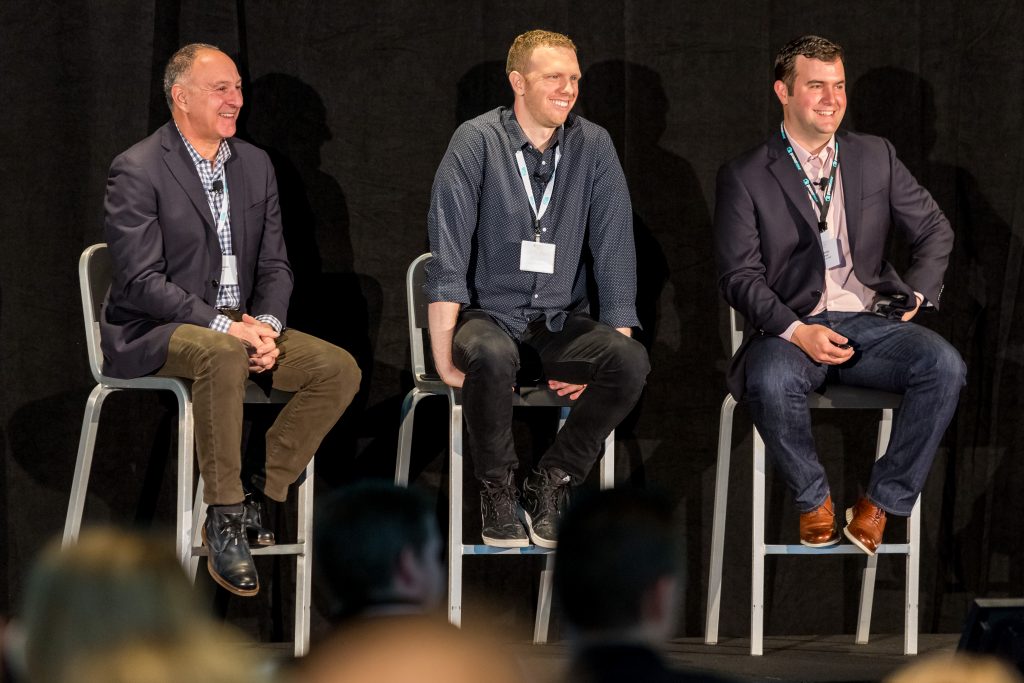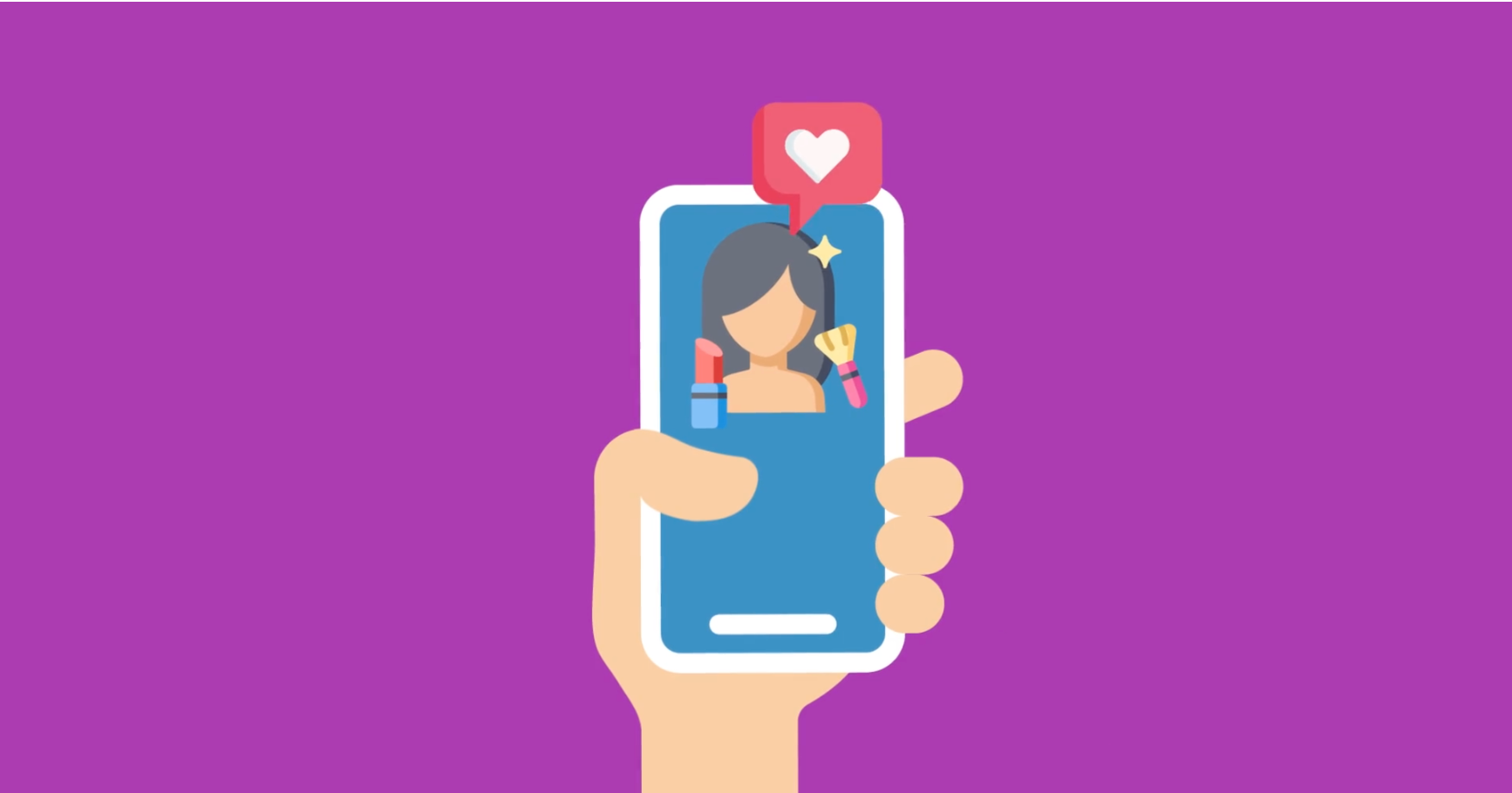

What makes the difference between a one-time purchase and a loyal customer? Promoboxx CEO Ben Carcio sat down with Gary Ambrosino, CEO of TimeTrade and Greg Higgins, Vice President of Accounts at Splash to discuss how brands and retailers can use clienteling, in-store events, and appointment setting technology to create their most loyal customer.
Gary Ambrosino: Allow customers to be intentional through appointment setting. Then the customer and the retail employee both set aside to shop and find the right product for that shopper based on the information they’ve provided you with.
Greg Higgins: Experiential retail through events – getting people in the stores and encouraging face time with your associates in the store is a better way to purchase, but it’s also a really good way to identify who your most loyal customers are, and who your most loyal community members are.
Gary Ambrosino: There are two factors that quickly make it a pretty level playing field between online and retail – accessibility and pricing. The only differentiator left in the equation is the relationship the consumer establishes with the retailer through some face-to-face, either an event or class or a personalized interaction, where the trust level is elevated because they’re getting help with exactly what they need.
Greg Higgins: The new normal is omnichannel – everyone needs to be both online and in-person to satisfy the customer. Using clienteling technologies to share information gathered in both places allows sales associates to have that online information about the customers literally in their hand when they walk over to them in-store. So it’s not, “Hey, are you interested in all these products?” It’s, “Hey Angela, I saw that you are interested in this type of product. Let me bring you over directly to these very, very specific brands.” It’s just impossible to do that if you’re reactive standing in the store and just waiting for someone to come in and share with you.
Greg Higgins: They can look at the loyalty indicated by repeat purchases or event attendance and correlate it with sales account lift, and they can look at if those attendees actually spend more due to that human-to-human interaction – and/or turned into a ‘loyal customer’. Once you have that playbook of events that actually generates some sort of ROI, whatever that ROI means to your specific product, then you can templatize that and imitate that event in other stores.
Gary Ambrosino: You train a much narrower set of people in some specialty areas and then you fully utilize them based on what the shopper is looking for. Appointment setting allows the retailer to understand what the customer is coming in for ahead of time and then prepare to meet their specific shopping need. I’ll give you a great example of this. One of our customers is David’s Bridal and they run their entire business on appointments. If you walk into any David’s Bridal store, the first thing they say is, “Do you have an appointment?” The background knowledge an appointment provides ensures that the store knows who the sales associate was that helped them before, what style of dress they may have liked, etc.
Gary Ambrosino: What we’ll get wrong is taking the emphasis off of the personal experience and downsizing the physical footprint assuming it will put our expenses back in line and everything will be great – that’ll be a fail.
Greg Higgins: Everyone is focused on total automation – just sit there and it’s completely self-serve – but that isn’t what people want. The future is more integrated systems and understanding the people who have an affinity with your brand, and why they feel that way. It’s through having an awesome brand story that really impacts them and affects them. The new future is a hyper-personalized, super educated experience that may come with ownership of the product at the end of it, it may come with sharing or leasing of a product at the end of it, but all the while it is an incredible partnership or experience between you and these brands that you’ve grown to love.
In short – retailers who focus on events and personal experiences will see success through in-store sales and loyal customers. Technology is an essential part of daily life, and retailers who use it to their advantage will benefit.
This post is based off a panel from our 2017 Aligned Conference. Attend Aligned 2018 to be a part of other great conversations between technology leaders about the future of retail marketing and strategies for brand and retailer success. Check out the speakers we have presenting this year.
TimeTrade is a customer scheduling and queue management system and Splash is an end to end event marketing technology. Find out more on their company pages.
In-Store Events Position Brands and Retailers as Part of the Community
Independent Retailers Matter: A Look Back at the Fourth Annual Aligned Conference
How to Build a Digital Strategy That Drives Retail Opportunities

